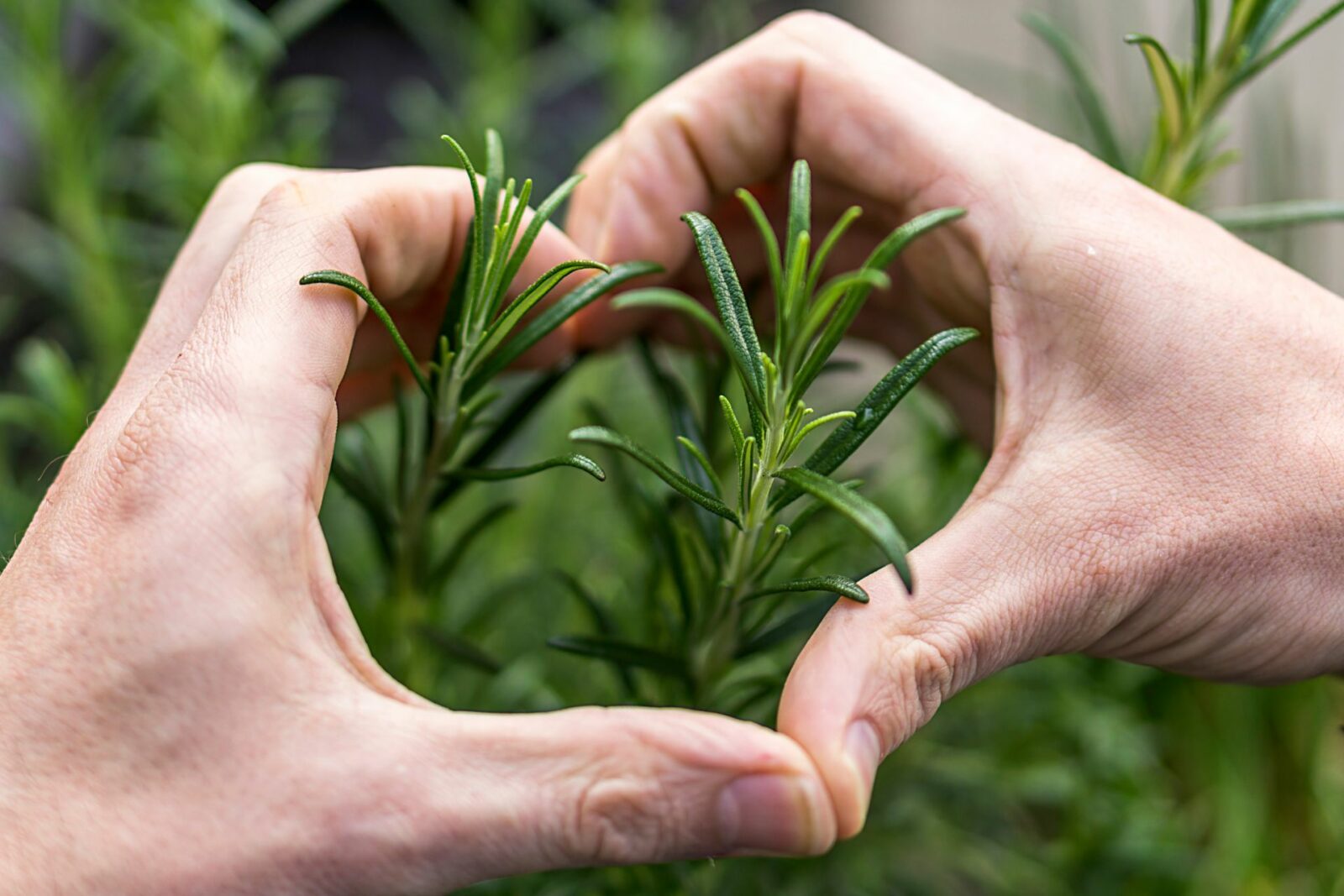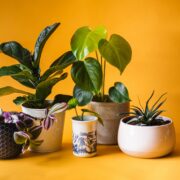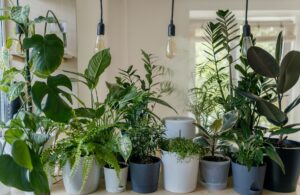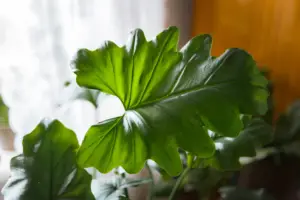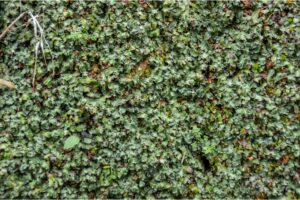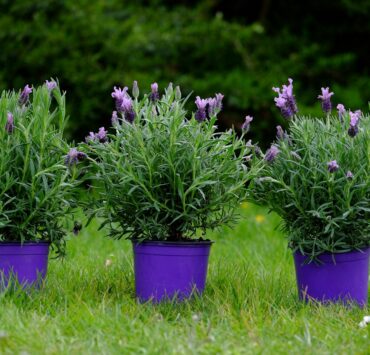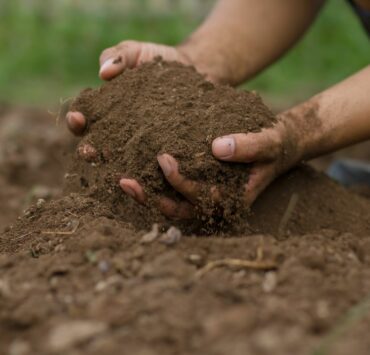Create your very own indoor herb garden, from selecting the right herbs to ensuring proper care and growth. So, let’s embark on this flavorful journey together with our guide on how to make an indoor herb garden!
Benefits of an Indoor Herb Garden
Indoor herb gardens offer numerous advantages. For starters, they provide fresh, flavorful ingredients that can enhance your dishes. They also help you save money, as growing your own herbs can be more cost-effective than purchasing them from the store. Additionally, herbs can add beauty and aroma to your living space, while the act of gardening itself can be an educational and therapeutic hobby.
Choosing the Right Herbs for Your Indoor Garden
Selecting the appropriate herbs for your indoor garden involves considering factors such as light requirements, space limitations, and your culinary preferences. Most herbs need ample sunlight, so it’s important to choose ones that will thrive in the available light in your home. Be mindful of your available space, as some herbs can grow quite large. Finally, opt for herbs that you enjoy cooking with and eating.
Popular herbs for indoor gardens include basil, chives, cilantro, dill, mint, oregano, parsley, rosemary, sage, and thyme. These herbs tend to adapt well to indoor conditions and offer a wide range of culinary uses.
Gathering Your Supplies
To set up your indoor herb garden, you’ll need the following supplies:
- Pots or containers with drainage holes
- Saucers to catch excess water
- High-quality potting mix designed for herbs or container plants
- Herb seeds or seedlings
- A watering can or spray bottle
- Organic fertilizer or plant food
- Optional: Grow lights or a sunny windowsill
Planting and Potting Your Herbs
Begin by filling your pots or containers with the potting mix, leaving about an inch of space at the top. If you’re starting with seeds, follow the planting instructions on the seed packet, as each herb may have different requirements. For seedlings, gently remove them from their original containers and place them in the new pots, ensuring their root balls are covered with soil.
Light, Temperature, and Humidity Requirements
Herbs generally need 6-8 hours of sunlight per day. A south-facing windowsill or a spot near a window that receives ample sunlight is ideal. If you don’t have sufficient natural light, consider using grow lights to supplement your herbs’ light requirements. Maintain a consistent temperature of around 65-75°F (18-24°C) for optimal growth. Herbs prefer moderate humidity, so if your home is particularly dry, consider using a humidity tray or a small humidifier.
Watering and Feeding Your Indoor Herb Garden
Proper watering and feeding are essential for maintaining a healthy herb garden. Water your herbs when the top inch of soil feels dry to the touch. Avoid overwatering, as this can lead to root rot and other issues. Use a watering can or spray bottle to water the plants evenly, and ensure excess water drains out of the pot and into the saucer. Empty the saucer regularly to prevent standing water.
Feed your herbs with an organic fertilizer or plant food, following the manufacturer’s recommendations. Typically, you’ll need to fertilize your herbs every 4-6 weeks during the growing season.
Pruning and Harvesting Your Herbs
Regular pruning and harvesting encourage healthy growth and prevent your herbs from becoming too leggy or overgrown. To harvest, simply snip off the desired amount of leaves or stems, being careful not to remove more than one-third of the plant at a time. This ensures that your herbs continue to grow and produce new foliage.
It’s best to harvest herbs in the morning after the dew has dried, as this is when their flavors are most potent. Regularly removing dead or yellowing leaves also helps maintain your herbs’ health and appearance.
Ongoing Care and Maintenance
Monitoring the health of your indoor herb garden and addressing any issues promptly is essential for success. Keep an eye out for common pests like aphids, spider mites, and whiteflies, and treat them with insecticidal soap or other organic remedies as needed. If you notice signs of disease or other problems, research the issue and take appropriate action to rectify it.
Troubleshooting Common Herb Garden Issues
Some common issues that may arise in your indoor herb garden include:
- Leggy growth: This often results from insufficient light. Move your herbs to a sunnier location or supplement with grow lights.
- Yellowing leaves: This could be due to overwatering, underwatering, or nutrient deficiencies. Adjust your watering schedule and ensure you’re fertilizing your herbs regularly.
- Wilting or drooping: This can result from both overwatering and underwatering. Check the soil moisture and adjust your watering routine accordingly.
Expanding Your Indoor Herb Garden
As you become more experienced and confident in your indoor gardening skills, consider expanding your herb garden to include new varieties or other edible plants. Some additional herbs to try growing indoors include lemongrass, marjoram, and tarragon. You could also venture into growing small fruiting plants, like cherry tomatoes or dwarf pepper plants, or explore microgreens and sprouts for added variety.
Conclusion
Creating an indoor herb garden can be a rewarding and flavorful endeavor. With the right knowledge, supplies, and care, you’ll be able to enjoy fresh, homegrown herbs all year round. As you gain experience and confidence, you can expand your indoor garden to include a wider variety of herbs and other edible plants. Happy gardening, and bon appétit!
